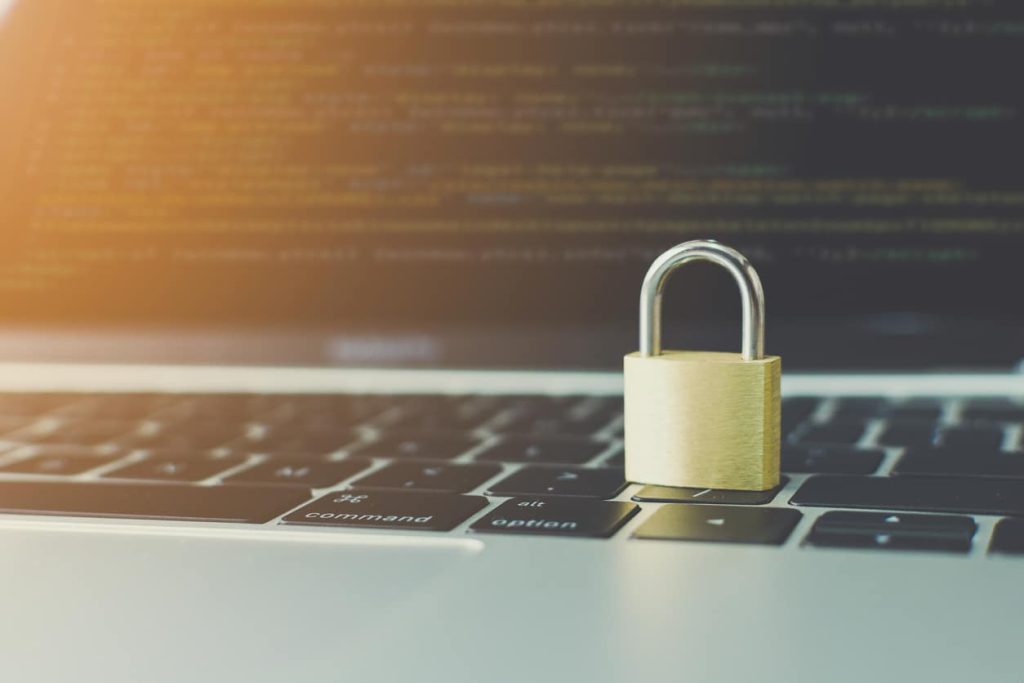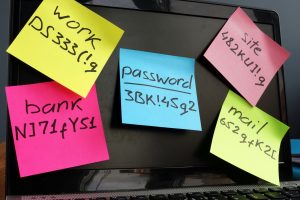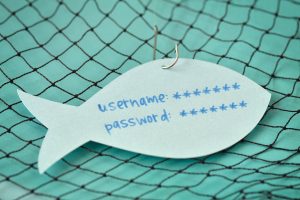Handling sensitive data is an essential process for most companies in operation today. Common confidential information can include staff records and client profiles stuffed with personally identifiable information (PII), financial data files like invoices and agreements featuring company payment details and those belonging to customers and suppliers, and business contracts with other enterprises.
The UK’s data protection regulations insist that as a data handler, it is a company’s responsibility to ensure that all information it retains, uses and shares is always adequately protected. If a firm is found to have neglected this duty, resulting in a data breach, the fines can amount to millions. Along with the financial cost of coping with a data leak containing confidential information, the long-term impact can be crippling, and can see stocks fall and businesses close.
In this blog, we’ll look at some of the best practices your organisation can adopt when handling confidential data to mitigate this unnecessary circumstance.
Create data security protocols
The first step to ensure that the confidential information your company handles is safe is to establish protocols for data security. The basis for most information security policies is the rule of least privileges. Essentially, personnel within your company and any collaborators from outside are only given access to the data they require to work. As a result, workflow is never impacted, but premium levels of security are maintained.
Classify the data you keep and store it according to confidentiality
Chief information officers and IT teams must have oversight and understand the data being held and handled by their company. This allows them to assess the information and label it according to its confidentiality. Once this important stage is complete, access rights of different levels can be awarded to employees, allowing them to interact with only the data for which they have permission. Classifying data also makes it easier to avoid files being stored in places that are not secure.
Train employees on best practices
Once data has been effectively labelled and protocols put in place, all staff must be continuously trained from their onboarding process onwards to ensure they are adopting the best practices for handling sensitive material. They must be aware of where to store information and with whom they are allowed to share it.
Ensure third parties share your stance on confidential data security
While it might be possible for you to secure the confidential content you handle when it is within your system, if you must work collaboratively, it can present significant challenges. To this end, it is always advisable when you must work with a third party to ensure they are on the same page as you regarding data security, and that they share your protocols.
Password protection and multifactor authentication
Passwords are a common tool for securing confidential data. Whether information is being stored in company email accounts, on servers or in secure storage in the cloud, private passwords are often used for access. As a result, it is essential that the best password practices are always used.
Passwords must be strong enough to deter an unauthorised individual from cracking them. Employees are, sadly, often poor at selecting their passwords, with names of pets, birth dates, spouses and football teams all options frequently used. Easy-to-guess passwords, or those that may appear on social media, represent a significant risk to any confidential information a company carries.
If a company must use passwords, the best option by far is to issue them to staff to ensure they are strong. The UK National Cyber Security Centre’s (NCSCs) current guidance is to create passwords from three unrelated words. This makes them hard to crack but easy enough for staff to recall.
Any password-protected areas where data is retained should also require multi-factor authentication (MFA) to access information. A Personal Identification Number (PIN) can be sent by text to a user’s phone to validate their identity. Unless an attacker has access to the user’s mobile device as well as the system or email account, they will be unable to enter. Other forms of MFA include fingerprint and facial recognition scans, which are common with Apple technology.
Employ encryption software
Safeguarding specific locations on systems, servers and in the cloud to store confidential information can be inflexible for firms, but also ineffective as soon as data must be moved. When handling confidential data, businesses should instead use encryption software.
Encryption effectively scrambles electronic information, making it appear like random characters. Only individuals who have been issued the appropriate key can view or interact with the content. By securing the data and not the storage area, files are free to move around internal systems or be shared beyond the protective boundaries put in place by IT teams, while never becoming vulnerable.
Cybersecurity professionals recommend encryption as one of the most important tools firms can adopt to secure confidential data. Encrypting data files is also recognised by UK regulators like the Information Commissioner’s Office as a mark of a company taking adequate measures to secure the private data they hold.
Encryption can not only be added to data files that are being stored and are at rest, but also those being transmitted by email or sitting in drafts folders. For premium levels of security, businesses should not only encrypt confidential data but all the information files and emails they create and handle. As a result, if a hacker manages to penetrate their defences and invade the firm’s intranet, they will not be able to differentiate between the confidential files and those that are not sensitive. Firms that only add encryption to important files can lead hackers straight to the information they would most like to steal.
The bottom line is that whether a data file or email is intercepted by a threat operator or simply sent to or shared with the wrong recipient, companies can avoid an unnecessary data breach when encryption has been deployed. Encryption is the answer to avoiding data theft and loss as well as maintaining its integrity.
Use electronic document signing
Electronic signatures, sometimes referred to as e-signatures, are another invaluable option when handling confidential content. Encrypted documents can require an e-signature to access them allowing those who wish to interact with a file to have their identification validated first. A useful feature of e-signature solutions is that they show a complete record of all interactions and alterations to a document, and companies can show data regulators the complete journey of a document if required. Being able to track a data file and prove its integrity is also ideal when data subjects wish to view their data and see who has been able to access it.
Cutting-edge solutions to protect all your confidential data
With an understanding of the challenges faced by firms to secure the information they keep and handle, Galaxkey offers a wide range of state-of-the-art solutions. Our system offers an innovative electronic document signing tool and powerful email encryption that has been approved by the NCSC. Providing three layers of encryption, our solution is exceptionally user-friendly and can be added to data files of any size, emails and their attachments. With zero back doors, our system also never stores passwords to block credential theft.
Contact our team today and book your free 14-day trial.



